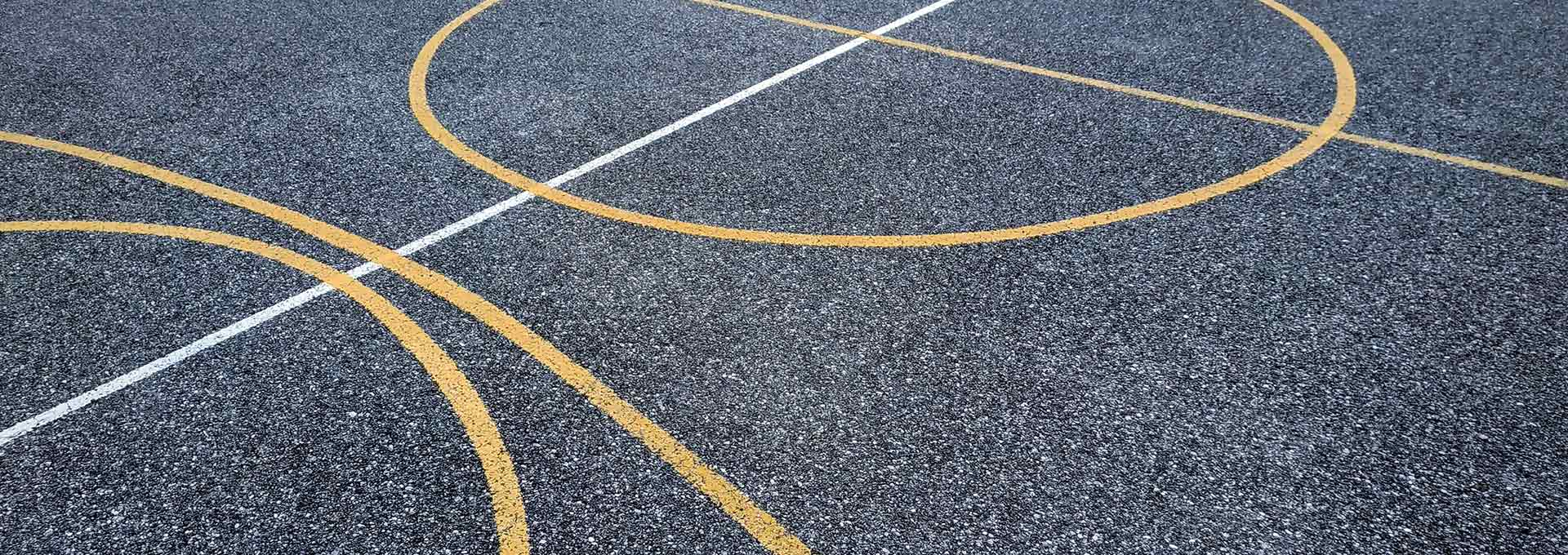
Resources
Seed Grant Awardee: Connor Sheehan
Connor Sheehan | The Sanford School
Sleep is critical for adolescents’ neurological development, physical health, emotional regulation, and scholastic performance (Dewald, Meijer, Oort, Kerkhof, & Bögels, 2010; Fatima, Doi, & Mamun, 2015; Shochat, Cohen-Zion, & Tzischinsky, 2014; Telzer, Goldenberg, Fuligni, Lieberman, & Gálvan, 2015). Yet, sleep problems, especially insufficient sleep, are increasingly prevalent among adolescents (Hysing, Pallesen, Stormark, Lundervold, & Sivertsen, 2013; Gradisar, Gardner, & Dohnt, 2011) as recent estimates suggest that as many as 73% of high school students currently sleeping less than the recommended amount of eight hours (Kann, 2016).
One potential intervention that could potentially reduce poor sleep of American adolescents is engagement in sports and exercise. Recent research suggests that exercising contributes to physical and mental health as well as enhances sleep quality in adolescents (Biddle & Asare, 2011; Lang et al., 2016), indicating exercise may serve as an effective intervention to improve adolescents’ sleep and health (Callaghan, 2004). Indeed, a direct association between exercise and sleep has been observed, suggesting that engaging in exercises is related to more favorable sleep in adolescents and young adults, including longer sleep time and fewer insomnia symptoms (Gerber et al., 2014; Lang et al., 2013). Participation in sports or exercise may also contribute to better sleep through indirect pathways by decreasing depressive symptoms, anxiety, and stress (Buman, Hekler, Bliwise, & King, 2011; Lang et al., 2013).
While the association between exercise and sleep in adolescents is well established (e.g., Delisle, Werch, Wong, Bian, & Weiler, 2010; Gerber et al., 2014; Štefan, Krističević, & Sporiš, 2018), we plan to contribute to this literature in important ways. Our overall objective is to analyze how engagement in sports/exercise is associated with sleep among adolescents and how this may subsequently also influence sleep in early-adulthood. Unlike past research that utilizes regional samples, we will utilize a large nationally representative sample of American school students; the National Longitudinal Study of Adolescent to Adult Health, which collects detailed sports and sleep information from childhood until early adulthood. Rather than any type of exercise we will also investigate if the association varies based on engagement in specific types of sports (e.g. basketball). Given that engagement in sports/exercise and sleep quality vary across gender and race/ethnicity (Belcher et al., 2010; Kann, 2016), we will examine whether the association between exercise types and sleep varies by race/ethnicity and gender. Unlike past work, our work will also be longitudinal. Overall, we aim to provide a comprehensive documentation of how engagement in specific sports during adolescence is associated with sleep in adolescence and the transition to adulthood and how this process may unfold differently by gender and race/ethnicity.
Read the final paper from this GSI-funded project here.
Last Updated July 2021.